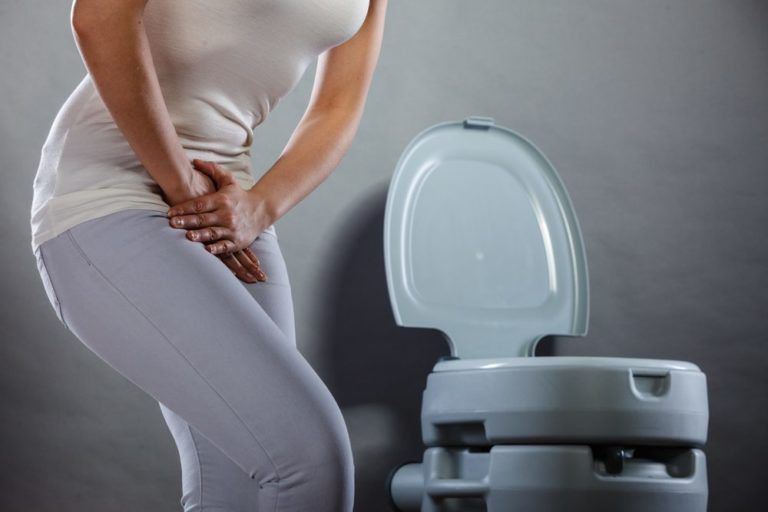Female Urinary Incontinence

Urinary incontinence is the inability to control the bladder, either chronically or during certain activities. It most frequently affects women, who represent approximately 75 percent of all urinary incontinence sufferers. Although female urinary incontinence is not dangerous to one’s health, it can be an embarrassing problem that affects the quality of life. It is important to seek urology attention for leaky urine, as it can be a symptom of an underlying urology condition.
Did you know…
that approximately 20 million women in the U.S. currently suffer from female urinary incontinence? Approximately half of them have symptoms that severe or otherwise worrisome to their everyday lives. But despite the availability of treatments for the condition, many women fail to seek treatment. Some believe incontinence to be a normal part of aging, whereas others are too embarrassed to get help. On average women wait more than 6 years after symptoms first appear before speaking to their doctors about bladder control.
Frequently Asked Questions
How do I know if I am suffering from urinary incontinence?
There are many types of female urinary incontinence, each of which causes different symptoms. If you have stress incontinence, you may only experience involuntary urination when laughing, coughing, jumping, or performing some other pressure-exerting activity. Other types of incontinence may induce an urgent need to urinate without warning, an inability to completely empty the bladder or even total loss of bladder control.
What types of treatments are available to women who suffer from urinary incontinence?
Treatments are available to help control bladder function and prevent involuntary urination. They vary according to the severity of symptoms and the type of incontinence. Non-invasive therapies are often the first line of approach, such as bladder training and pelvic floor exercises. Additional treatments for incontinence include medications, inserted urology devices, nerve stimulation, therapeutic injections, surgery, or the use of a catheter.
Is there anything I can do to help prevent female urinary incontinence or avoid having accidents?
One of the easiest ways to prevent accidents is by avoiding diuretics. Caffeine and alcohol are known diuretics that can increase the urgency and frequency of urination. Kegel exercises and healthy weight maintenance can also help improve bladder control.


